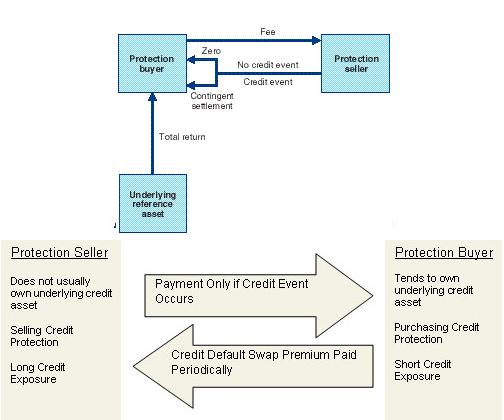The idea of value creation is to capitalise on what, as an organisation, you already possess. The organisation may be a business, a school, a corporation, a government department — anywhere, in fact, where the main asset of the company is the people within it.
Establishing value creation as a way of life for both managers and workers can help define the role of each more precisely, whilst simultaneously making both feel more integrated and involved within the day to day running of a place of work. Making everyone within an organisation feel that they are more than just ‘cogs in a wheel’ establishes a new feeling of unity and cooperation in organisations and can be a great asset in moving a company or other organisation forward because if everyone feels that they are part of the decision-making process then carrying out the aftermath of those decisions is more likely to be successful.… Read the rest


